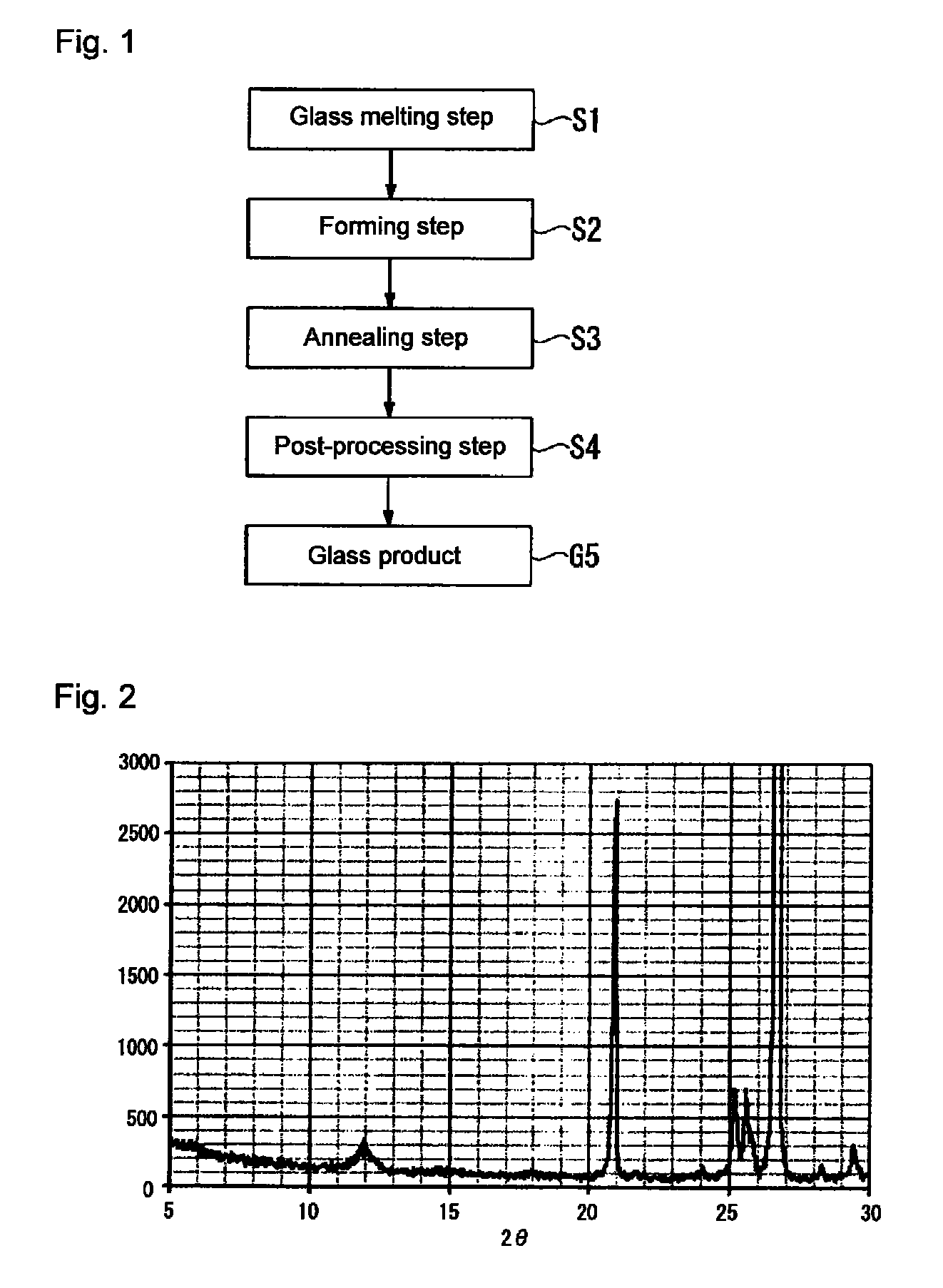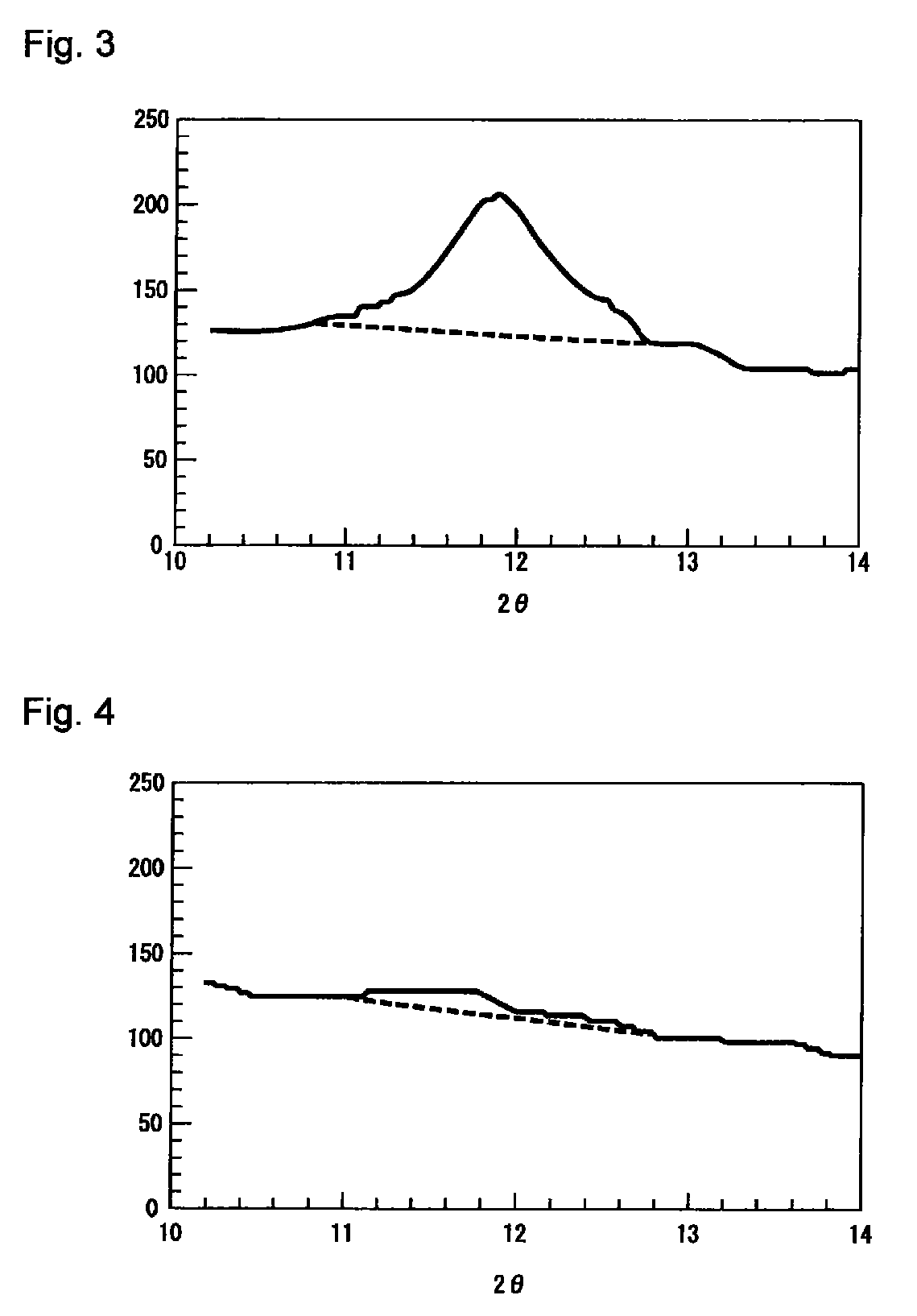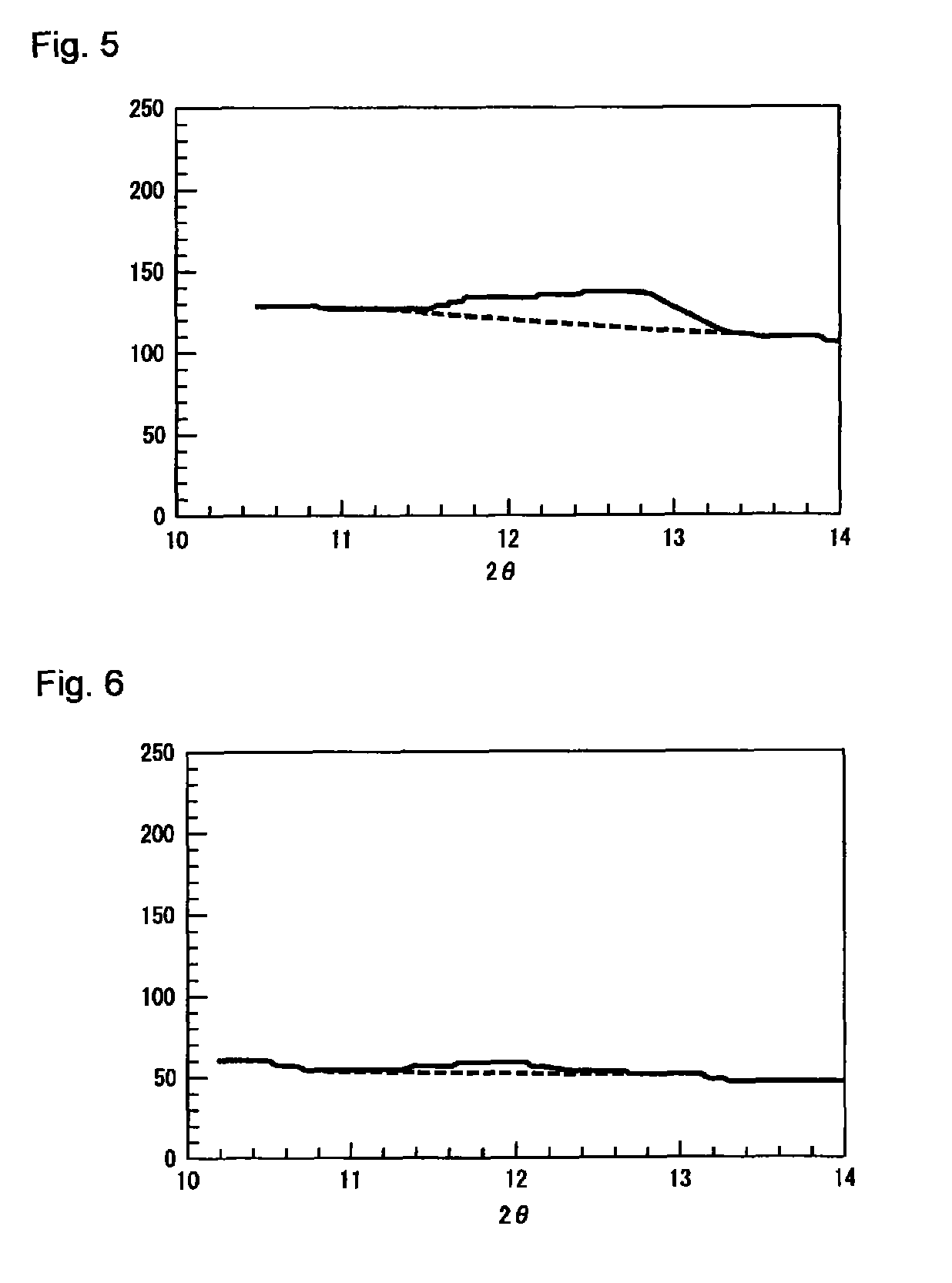Granules and method for their production, method for producing molten glass, and method for producing glass product
a technology of molten glass and granules, which is applied in the direction of glass making apparatus, manufacturing tools, instruments, etc., can solve the problems of unstable glass composition, low uniformity of glass composition, and non-molten raw materials, and achieve excellent strength, prevent scattering of raw material powder, and excellent strength of granules
- Summary
- Abstract
- Description
- Claims
- Application Information
AI Technical Summary
Benefits of technology
Problems solved by technology
Method used
Image
Examples
examples
[0177]Now, the present invention will be described in further detail with reference to Examples, but it should be understood that the present invention is by no means limited to these Examples.
production examples 1 to 14
Examples for Production of Granules
[Glass Compositions]
[0178]Glass compositions used were 11 types of G1 to G11 as shown in Table 1. The unit is mol %.
[0179]
TABLE 1Glass compositionG1G2G3G4G5G6G7G8G9G10G11SiO264.665.265.565.765.765.862.161.060.266.868.7Al2O311.011.111.211.211.211.210.610.410.37.98.1B2O37.73.92.01.00.50.07.43.70.95.20.0MgO5.24.94.74.64.64.55.04.54.20.00.0CaO4.64.74.74.74.74.712.818.422.40.00.0SrO4.78.19.810.711.211.60.00.00.00.00.0BaO0.00.00.00.00.00.00.00.00.020.123.2Fe2O30.00.00.00.00.00.00.00.00.00.10.1Cl1.81.81.91.91.91.91.81.71.70.00.0SO30.30.30.30.30.30.30.20.20.20.00.0
formulation examples
[0180]Formulations used were 16 types as shown in Tables 2 and 3. The unit is mass %.
[0181]Magnesium chloride used as raw material was hexahydrate; strontium chloride was hexahydrate; magnesium sulfate was heptahydrate; and calcium sulfate was dihydrate.
[0182]D50 and D90 of silica sand, D90 of aluminum oxide and D50 of other raw material powders were as follows:
[0183]D50 of silica sand: 26 μm, D90: 45 μm,
[0184]D90 of aluminum oxide: 90 μm,
[0185]D50 of boric acid: 300 μm,
[0186]D50 of dolomite: 45 μm,
[0187]D50 of magnesium hydroxide: 5 μm,
[0188]D50 of magnesium chloride: 3,000 μm,
[0189]D50 of magnesium carbonate: 10 μm,
[0190]D50 of barium carbonate: 50 μm,
[0191]D50 of magnesium sulfate: 1,000 μm,
[0192]D50 of strontium hydroxide: 400 μm,
[0193]D50 of strontium chloride: 400 μm,
[0194]D50 of strontium carbonate: 60 μm,
[0195]D50 of calcium hydroxide: 10 μm,
[0196]D50 of calcium carbonate: 50 μm,
[0197]D50 of calcium sulfate: 250 μm,
[0198]D50 of iron oxide: 90 μm.
[0199]
TABLE 2Formulation Exam...
PUM
| Property | Measurement | Unit |
|---|---|---|
| 2θ | aaaaa | aaaaa |
| 2θ | aaaaa | aaaaa |
| 2θ | aaaaa | aaaaa |
Abstract
Description
Claims
Application Information
 Login to View More
Login to View More - R&D
- Intellectual Property
- Life Sciences
- Materials
- Tech Scout
- Unparalleled Data Quality
- Higher Quality Content
- 60% Fewer Hallucinations
Browse by: Latest US Patents, China's latest patents, Technical Efficacy Thesaurus, Application Domain, Technology Topic, Popular Technical Reports.
© 2025 PatSnap. All rights reserved.Legal|Privacy policy|Modern Slavery Act Transparency Statement|Sitemap|About US| Contact US: help@patsnap.com



